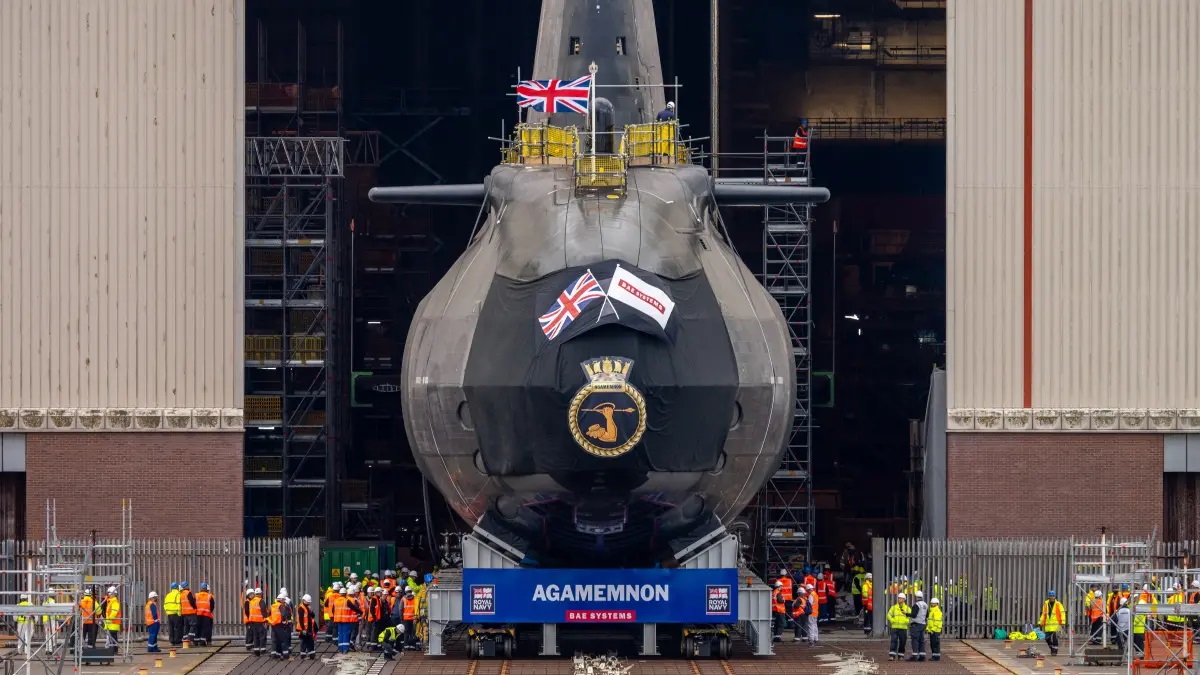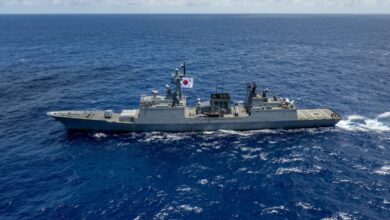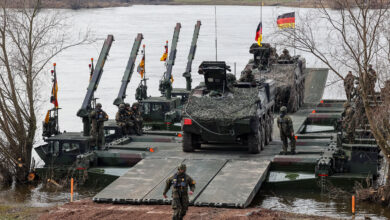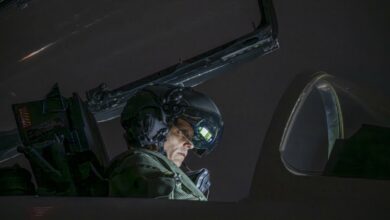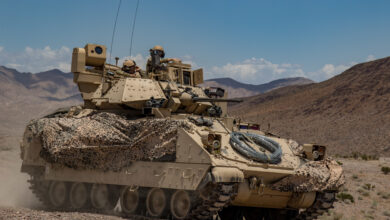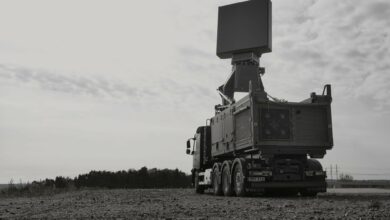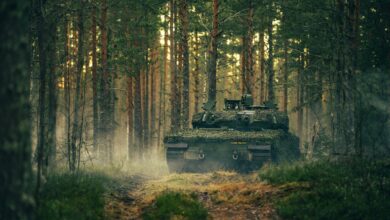British defense manufacturer BAE Systems has launched the future HMS Agamemnon for the Royal Navy at the company’s submarine shipyard in Barrow-in-Furness, England.
HMS Agamemnon, nicknamed “Awesome Aggie,” is the sixth of seven Astute-class submarines and is named after the mythical Mycenaean king who led the Greek forces in the Trojan War.
The submarine will undergo a rigorous testing and commissioning process before starting sea trials with the Royal Navy.
“It is fantastic to finally get Awesome Aggie into the water in preparation for the final stages of build and commissioning of this extremely complex and highly capable submarine,” Agamemnon’s Commanding Officer Commander David “Bing” Crosby said.
“I am looking forward to working with our friends at BAE Systems, the Submarine Delivery Agency and the wider enterprise to get Agamemnon through these final tests and in readiness for her exit from Barrow,” he added.
Intended to replace the aging Trafalgar-class fleet, the first five submarines — HMS Astute, HMS Ambush, HMS Artful, HMS Audacious, and HMS Anson — have already been delivered.
Meanwhile, the last boat, the future HMS Agincourt, is already under construction.
The Royal Navy is expected to complete its Astute-class fleet by 2026, its largest and most advanced attack submarines to date.
Hunter-Killer Submarine
The future HMS Agamemnon, as part of the Astute Class, is powered by a Pressurised Water Reactor and measures 97 meters (318 feet) long with a displacement of 7,400 tons.
It is equipped with Sonar 2076 for stealthy threat detection and is armed with Tomahawk IV land-attack missiles and Spearfish heavyweight torpedoes for engaging land and sea targets.
Additionally, Awesome Aggie uses high-specification video technology instead of traditional periscopes, providing a 360-degree view of the horizon for threat scanning.
Astute-class vessels can cruise at a top speed of 30 knots (34.5 miles/55.5 kilometers per hour), circumnavigate the globe while completely submerged for extended periods, and produce their own oxygen and drinking water, enabling them to support the UK and its allies on missions.

